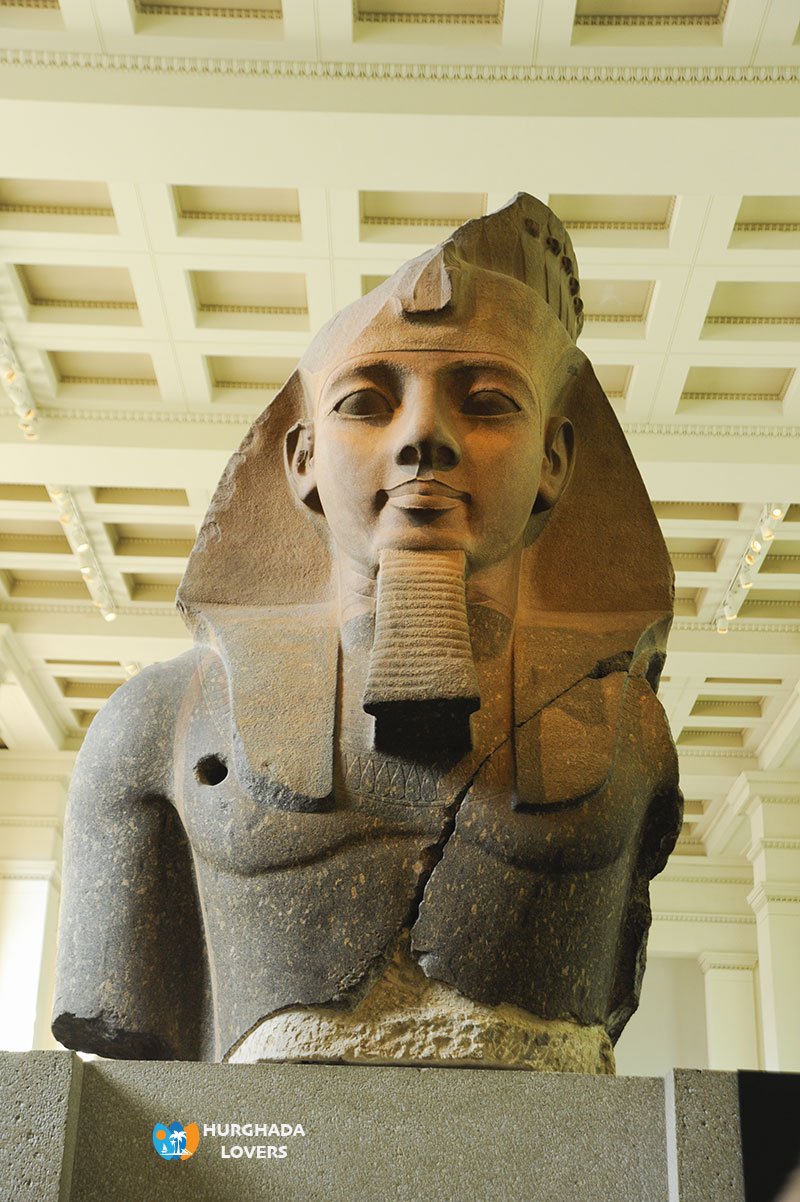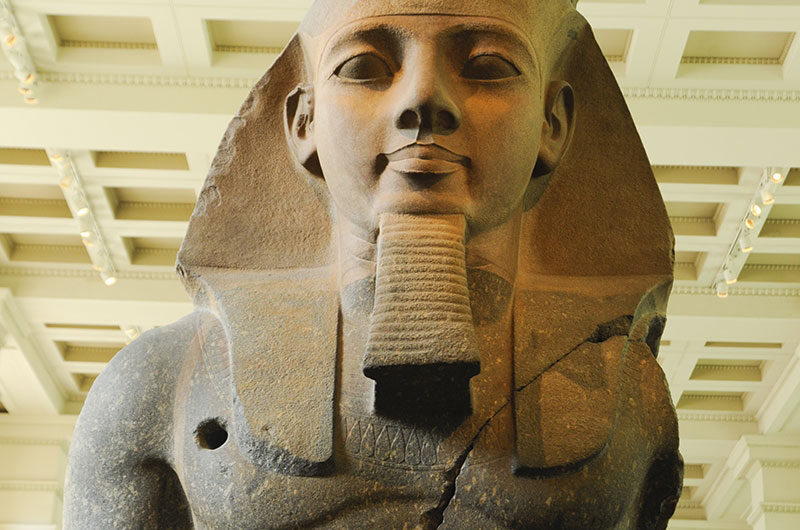The British Museum | Department of Ancient Egypt and Mummies, Artifacts Egyptian Pharaohs collection and more…
Historical facts about all the pharaonic antiquities, the rare artifact and statues contained in the Museum in London, and more secrets.
The British Museum was founded in 1753 AD, and it is one of the museums that contains a large collection of Egyptian antiquities. The museum is located in the Bloomsbury area in London.
Learn about the British Museum and the Egyptian antiquities inside it below.
Hurghada lovers Offer Luxury Hurghada to Pyramids Tours | El Gouna to Pyramids Tours | Makadi bay to Pyramids Tours | Sahl Hasheesh to Pyramids Tours | Soma bay to Pyramids Tours .
The British Museum
• Inside the British Museum there is a special section for ancient Egyptian antiquities as well as Sudan.
• The number of pieces in the museum is approximately one hundred thousand pieces.
• The museum was established in 1753 AD, and the Egyptian antiquities were among the pieces in the museum.
• Where Sir Hans received nearly 160 historical pieces, which he obtained after defeating the French in the naval battle of Abu Qir.
• The British army was able to confiscate and obtain Egyptian antiquities and put them in the museum.
• Among those monuments is the Rosetta Stone. The museum also houses the largest collection of large sculptures.
• Henry Salt was appointed consul in Egypt, who was able to collect a large collection of antiquities.
• By 1866, the number of Egyptian historical pieces reached nearly ten thousand pieces.
• The first artifacts that reached the museum were from excavations, and then came pieces from the cemetery of Tel el-Amarna and Tel Basta, in addition to artifacts from Deir el-Bahari.
• The Museum supported excavations on Egyptian antiquities as well as in Sudan.
Pre-dynastic artifacts in the British Museum
• The mummies of Jebelin are in the British Museum and date back to the pre-dynastic era, that is, they date back to approximately 3400 BC.
• There are also plans and decorative panels that date back to approximately 3100 BC.
• A flint knife with an ivory handle, also from 3100 BC.
• The museum includes a statue made of ivory and it belongs to King “Abydos”, the age of the statue dates back to about 3000 BC.
• There is also a painting of King Pir Ip Sen and it dates back to the period between 2720 to 2710 BC.
• The museum contains a poster of the King Dunn sandal.
• There is another group of historical artifacts dating back to the Old Kingdom, and among the first of these artifacts is the tomb of King Khasekhemwy, which dates back to the Second Dynasty.
• The museum includes a group of stones that were used as a cover for the Great Pyramid in Giza.
• There is also a granite statue of King Ankhwa, which was located in Saqqara. The statue dates back to the third Egyptian dynasty.
• A door made of limestone dating back to 2380 BC.
• There is also a statue made of wood that dates back to the Fifth or Sixth Dynasty.
• One of the statues also in the museum is the “Nakhvtka” statue, which dates back to the Fourth Dynasty.
Antiquities of the Middle Kingdom in the British Museum
• There is a granite statue in the British Museum, which is a statue of “Senusert III”, and there is another statue of quartz, which dates back to the 12th Dynasty.
• The museum also contains a panel made of limestone, dating back to the Twelfth Dynasty.
• A block statue dating back to the reign of Amenemhat II, and there is also a painting of “Sehatour” dating back to the same era.
• Among the antiquities in the museum is a limestone statue in addition to offerings. It dates back to the Abydos region, while its time dates back to the Twelfth Dynasty.
• In addition to the above, there is another group of antiquities dating back to the New Kingdom, and among these antiquities is a part of the beard of the Great Sphinx.
• The head of Chest of Hatshepsut, in addition to a huge limestone half-statue depicting Amenhotep III.
• There are 99 letters from Tell el-Amarna in the museum, while the total number of letters is 382 plates.
• The museum contains a list of the kings of Egypt, which was located in the temple of Ramses II.
Antiquities of the third middle period
• In the British Museum there are inner and outer sarcophagi of the priest “Hoor”, which were located in the Deir el-Bahari area in Luxor. These pieces date back to the era of the 25th Dynasty.
• There is also a granite statue depicting the Sphinx, which was located in the Tahargo region.
• There is also a network stone that was located in Memphis, the capital of ancient Egypt, and the stone dates back to the 25th Dynasty as well.
• Upon entering the British Museum, you will find a statue of the god Hapi, which was located in Karnak, and the age of the statue dates back to nearly 900 years.
• While there is another group of antiquities dating back to the late period, including the sarcophagus of “Hapmen”, which dates back to the 26th dynasty.
• There is also a statue in the kneeling position of “Whippery” and was located near Lake Mariout, and its age dates back to 530 BC.
• In addition, there is the sarcophagus of Ankhens Nefer Ib Ra.
When to visit the British Museum
Daily from 10:00 in the morning until 5:30 in the evening.


